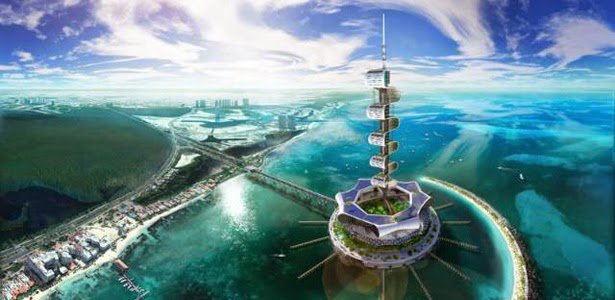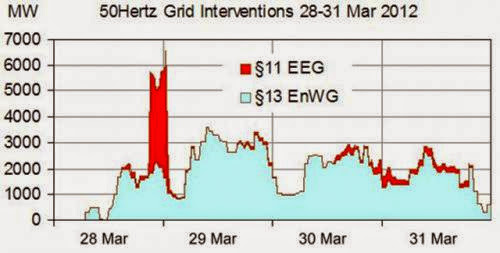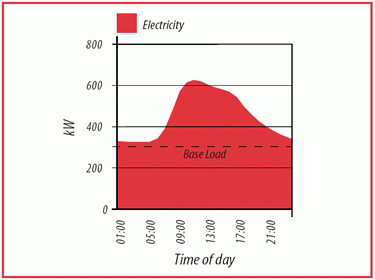Key To Graph:
Dispatchable Plant : Fossil fuel and hydro plant.Average Demand : Average electricity consumption over the year.Actual Peak Demand: Peak demand each yearForced outages: the rate at which plant unexpectedly break downTotal : Total of all generation capacity - wind, hydro, fossil fuel, East West interconnector.The above chart shows the increase in electricity generation capacity in Ireland (from Eirgrid Generation Adequacy Reports). The dotted line shows Eirgrid's demand estimate back in 2008 when Eamon Ryan was minister (Eirgrid Grid25 Report 2008). 2009 was the year when Ireland began adding more plant, mostly gas, and the gap between generation capacity and falling electricity demand began to widen. As a result, forced outages, the rate at which plant unexpectedly break down, decreased due to this upgrading of old fleet. Dispatchable plant, made up of fossil fuel, pumped storage and hydro, rose by about 800 MW and total generating capacity, including wind, rose by just over 2000 MW since 2006.
This then sums up quite nicely the two main problems arising out of Ireland's current energy policy:
1) The inability of wind energy to displace conventional fossil fuel plant - as wind energy is an intermittent and unreliable source of energy, it is incapable of displacing plant powered from other conventional sources. This is undoubtedly the case in Ireland and everywhere else.
Eirgrid publish a report every year, stating how reliable their electricity supply is - they call this generation adequacy. If they had a mix of gas and coal plants, with a few extra spare plant for back up, they would be able to report a good generation adequacy. Adding a small bit of wind wouldn't affect this. The paradox with wind is that the more wind energy you add to the mix, the more unreliable the electricity supply becomes and the more generation adequacy becomes eroded. Eirgrid refer to this as the capacity credit for wind. A generator with a high capacity credit means you can safely shut down other plant and replace it with that generator. Wind energy's capacity credit is much lower than other energy sources and it diminishes with the more you wind you add. So to sum up, wind energy, no matter how much of it you have, can never replace a fossil fuel plant.
2) The additional costs arising out of the above - The facts are that all plant in the system, whether it is fossil fuel or wind, have to paid for by the consumer. As can be seen in the graph, average demand and average peak demand have fallen. This means that given Ireland's large amounts of plant, some of this plant is lying idle. But this plant can't be allowed to close down, as it may be needed for reserve or to meet a spike in peak demand. Indeed, data from SEMO shows that Tynagh gas plant in Galway only provided electricity to the grid for roughly the equivalent of two months last year but received EUR 65 million from the market. On top of this, through the PSO levy it received EUR 69 for security of supply. Tynagh claim that it now runs less due to increased wind penetration. Without these payments, the plant would have to close down, but Eirgrid cannot take the risk of losing this capacity (as it is dispatchable as opposed to been intermittent). There are other plants around the country in the same position such as Tarbert and Great Island heavy fuel oil plants that keep 5 days worth of heavy fuel oil on site at all times. Tarbert was actually due to close in 2013 but this has been delayed till after 2020. Rhode power plant in Offaly is another example. They said in a recent EPA report that lower demand from the Grid has resulted in the plant running for just 17 hours in 2013. Tawnaghmore plant in Mayo ran for even less at 10 hours. If you are in charge of operating the grid, then you either decide to allow these plants to close or you increase electricity bills to cover the fixed costs of these plants. As you can't rely on 2000MW of wind, then you only have one choice available to you - keep them open.
As for the wind farms, they need to be paid too. I have obtained the payments from SEMO for the roughly 2,000MW of wind installed at the end of 2013. The total came to EUR 277 million. On top of this, there are curtailment and constraint payments in the region of EUR 140 million. So electricity bills were increased by about EUR 400 million to pay for wind farms. The PSO levy is an additional cost due to wind. This recovers costs for the energy supplier who have to accept variable wind energy from generators. Last year this was EUR 51 million (In 2014, it has been set at EUR 94 million). So the total cost to the consumer for wind energy last year was roughly EUR 450 million (not including the other hidden costs too such as transmission etc).
So it should be clear from the above, that each additional MW of wind, costs extra to the consumer - it doesn't replace the cost of a MW coming from somewhere else. Some might argue that as wind energy reduces fossil fuel consumption, that there is a cost saving. But I would argue that fossil fuel savings are largely irrelevant to the end user cost of electricity. The relatively idle plants above are paid, not on the basis of fuel consumed, but on the basis of making their capacity available. This is inherent in the market payments structure where plant receive capacity payments as well as energy payments. FOR THESE REASONS, WHOLESALE COSTS REDUCTIONS CAN NEVER TRANSLATE INTO RETAIL COST REDUCTIONS. The situation is made worse with the fact that demand has fallen since all this additional capacity has been added.
I could have put another line in the graph for electricity prices going up, up and up each year. Wind capacity is due to be doubled in the next few years. This will bring total generation capacity to over 10,000MW. All of this 10,000MW plus of thermal plant and wind will have to be paid for by businesses and households that only consume about a third of that capacity in electricity, and at most in the depths of winter, less than half. Electricity prices in the coming years may make water charges look like small change.
What's the situation with biomass ?
There is a case been put forward for converting Moneypoint to biomass as an argument for doing away with the need for wind farms and pylons. The main point here is that biomass provides dispatchable generation just like coal does. So a biomass conversion would neatly displace the old coal plant, replacing its costs to the consumer aswell (i.e. regardless of the cost of the conversion and running of the new plant, the old coal plant and its costs would be gone, whereas with wind, it can't replace a coal or gas plant).
In any case, the right thing now is to put a moratorium on all new plant, whether wind or otherwise, unless it is replacing old fleet.
So to go back to the original title of this post - is there an energy bubble ? Well, the signs are clear that there is one. A huge surplus of capacity over and above what the market needs as explained above is one sign. There are also other signs like the over-valuing of assets, as was seen in the sell off of Bord Gais's Whitegate plant. And then there is government interference in the market, e.g, the State aid given to wind power in the form of REFIT, fixing the price of wind energy over and above its real market value.
This is all reminiscent of the recent housing bubble, but will the government pay heed to the increasing number of critics of their policy this time ?
































